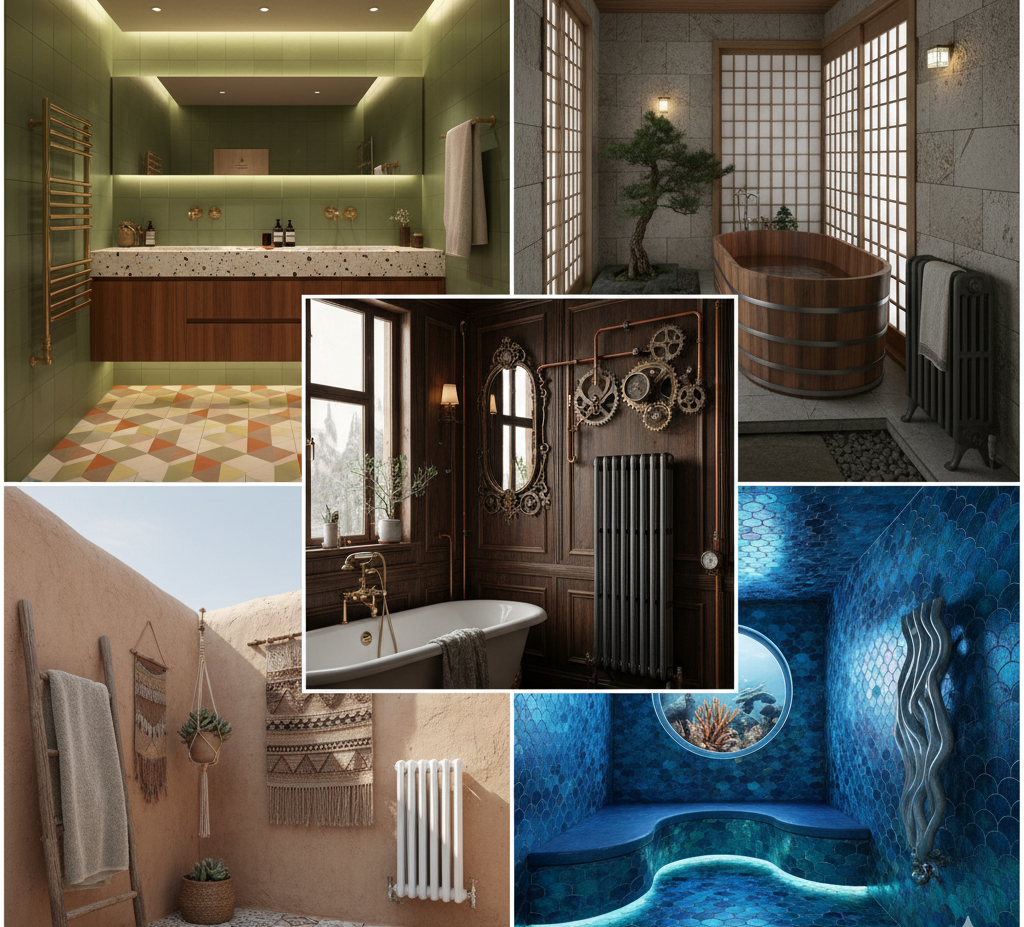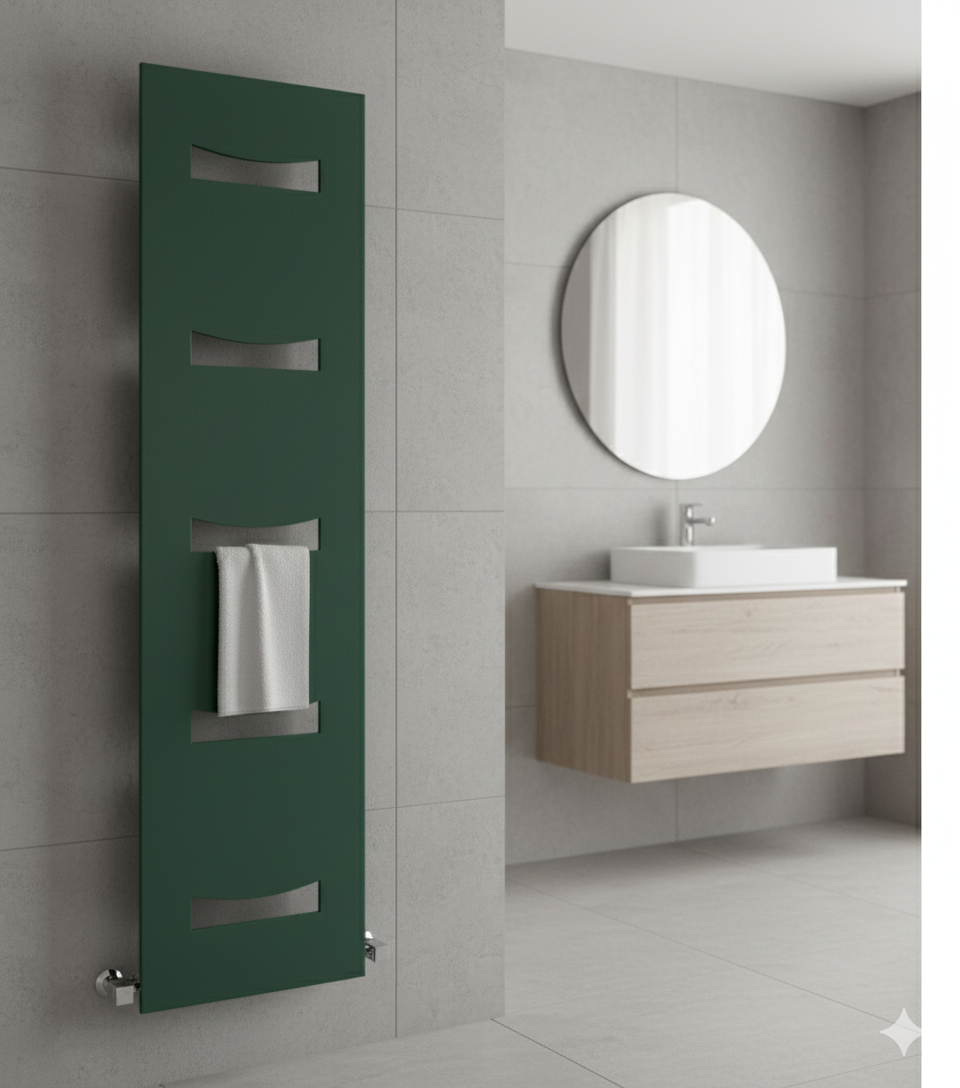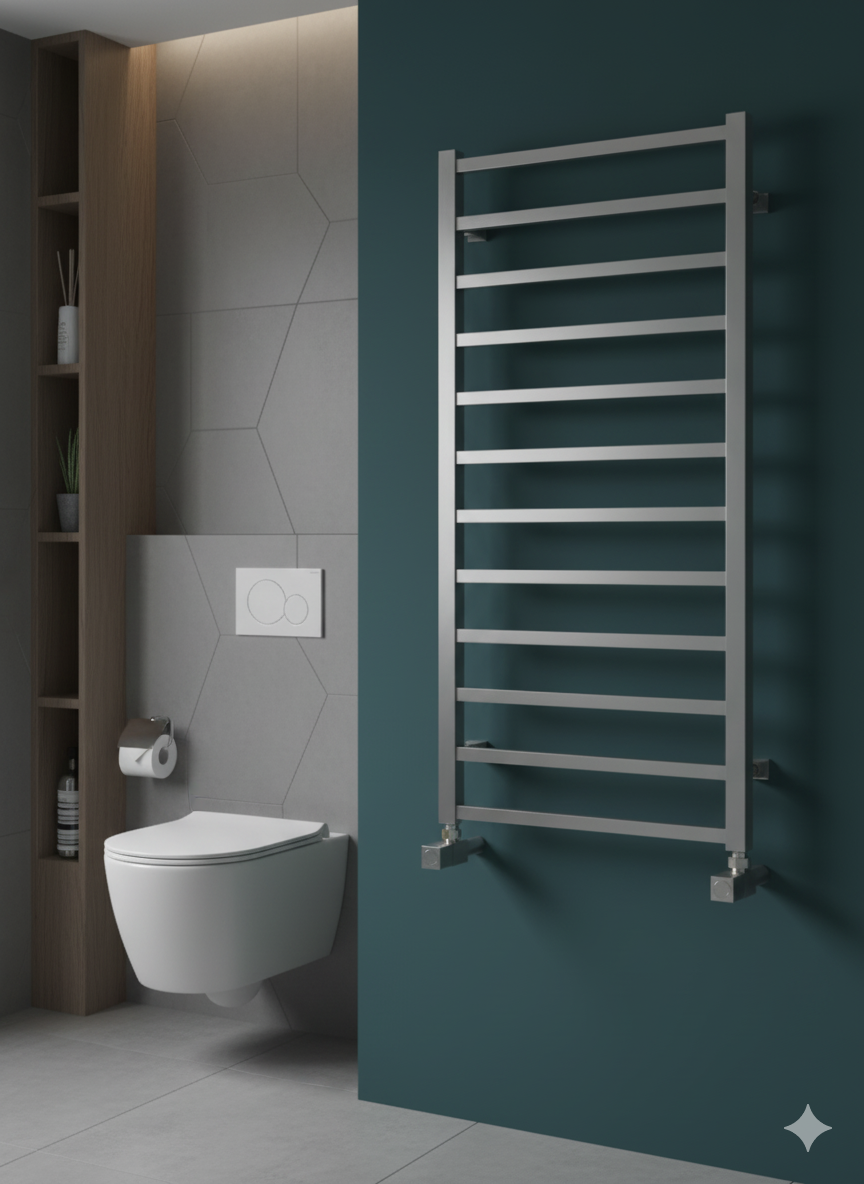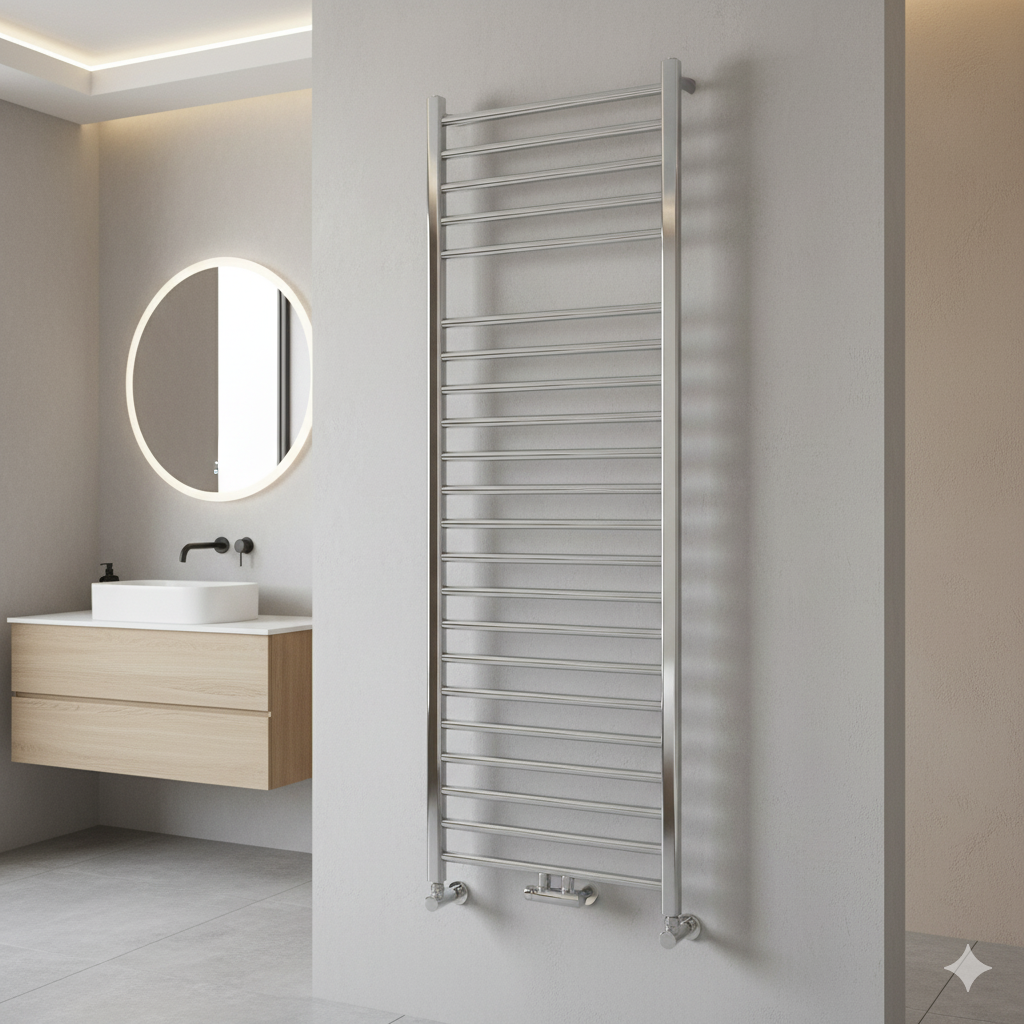Traditional Bathroom Radiator Ideas for a Classic Look
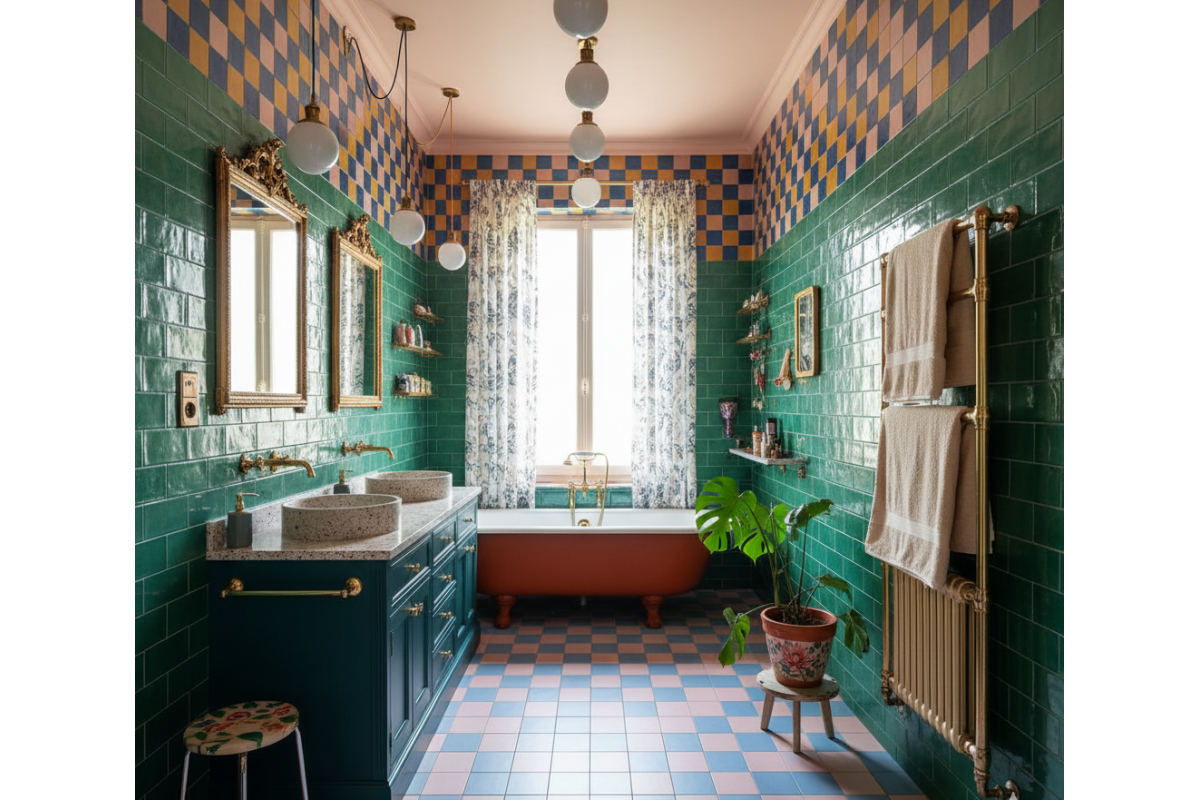
Imagine stepping into your bathroom on a crisp morning. It is not merely a functional space, but a sanctuary of calm and timeless elegance. The air is comfortably warm, the floor is no longer a shock to the system, and a plush, pre-warmed towel is waiting as you emerge from the bath or shower. In this perfect picture, every detail contributes to the classic aestheticfrom the gentle curve of the roll-top bath to the intricate pattern of the floor tiles. Yet, one of the most crucial elements, the radiator, is often treated as a purely functional afterthought, a white metal box that serves a purpose but adds no soul.
This is a common oversight in bathroom renovation. Homeowners invest significant time and resources in statement pieces like vanity units and vintage-style taps, only to compromise the entire look with a standard, uninspired heater. The truth is, the right radiator is not just a utility; it is a foundational piece of design that can anchor and elevate your entire traditional bathroom scheme. It is the element that bridges the gap between a room with classic items and a room with a cohesive classic feel.
This article serves as the definitive UK guide to selecting the perfect traditional towel rails radiator. It will demystify the various period styles, explain the critical science of heat calculation in a simple, accessible way, and provide a gallery of actionable design inspiration. By the end, you will have the confidence and expert knowledge to choose a radiator that is not only powerful enough to create a cosy haven but is also a beautiful centrepiece that completes your classic look.
Understanding the Language of Classic Design: More Than Just a Radiator
To choose the perfect traditional radiator, one must first understand the design language it speaks. The term "traditional" encompasses a rich history of styles, materials, and construction methods, each with its own unique character. Moving beyond a generic label allows you to select a piece that genuinely reflects the period aesthetic you wish to create.
Decoding the Eras - From Victorian Grandeur to Edwardian Elegance
The most influential periods for classic radiator design are the Victorian and Edwardian eras, each with distinct characteristics that are still celebrated today.
- Victorian Style (c. 1837-1901): This era was defined by ornamentation, substance, and a celebration of industrial prowess. Victorian-style radiators, particularly the authentic cast iron models, reflect this with their ornate, decorative details and intricate scrollwork. They are substantial, powerful pieces designed to be seen and admired. For those who love the aesthetic but require a more modern material, steel column radiators offer a more affordable and responsive way to achieve this grand look, and can even be fitted with traditional feet to enhance the period feel.
- Edwardian Style (c. 1901-1910): Following the Victorian era, Edwardian design moved towards a slightly lighter, less ornate aesthetic. While still rooted in classicism, the lines became cleaner and the forms simpler. An Edwardian-style radiator often combines the classic column design with elegant, integrated towel bars, frequently finished in polished chrome or nickel. This fusion of heating and utility marks the genesis of the modern traditional towel radiator, creating an authentic period look with enhanced functionality.
The Anatomy of a Traditional Towel Rail: Form Meets Function
Understanding the physical construction of these radiators is key to appreciating their different heating properties and visual impact.
- Cast Iron Radiators: These are the heavyweight champions of authenticity and heat retention. Made from molten iron poured into moulds, they are incredibly durable and, once hot, will continue to emit a gentle, radiant heat long after the central heating has turned off. However, they are very heavy, requiring strong walls or floor support, and they take longer to heat up from cold. They are best used as a magnificent centrepiece in a period renovation.
- Column Radiators: The versatile classic. Constructed from sections of steel tubes (columns), these radiators offer the period look with the faster heat-up times of modern materials. Their sectional design means they are available in a vast range of heights, widths, and depths, making them adaptable to almost any space.
- Traditional Towel Radiators (The Hybrid): This is the ultimate fusion of form and function and the primary focus for most classic bathrooms. This design typically features a steel column radiator as its core, providing high heat output for the room, which is then integrated with a heated towel rail, often in a contrasting finish. This "multi-purpose rad" elegantly solves two problems at once: it properly heats the bathroom while providing the luxury of warm, dry towels, making it a highly efficient and stylish choice.
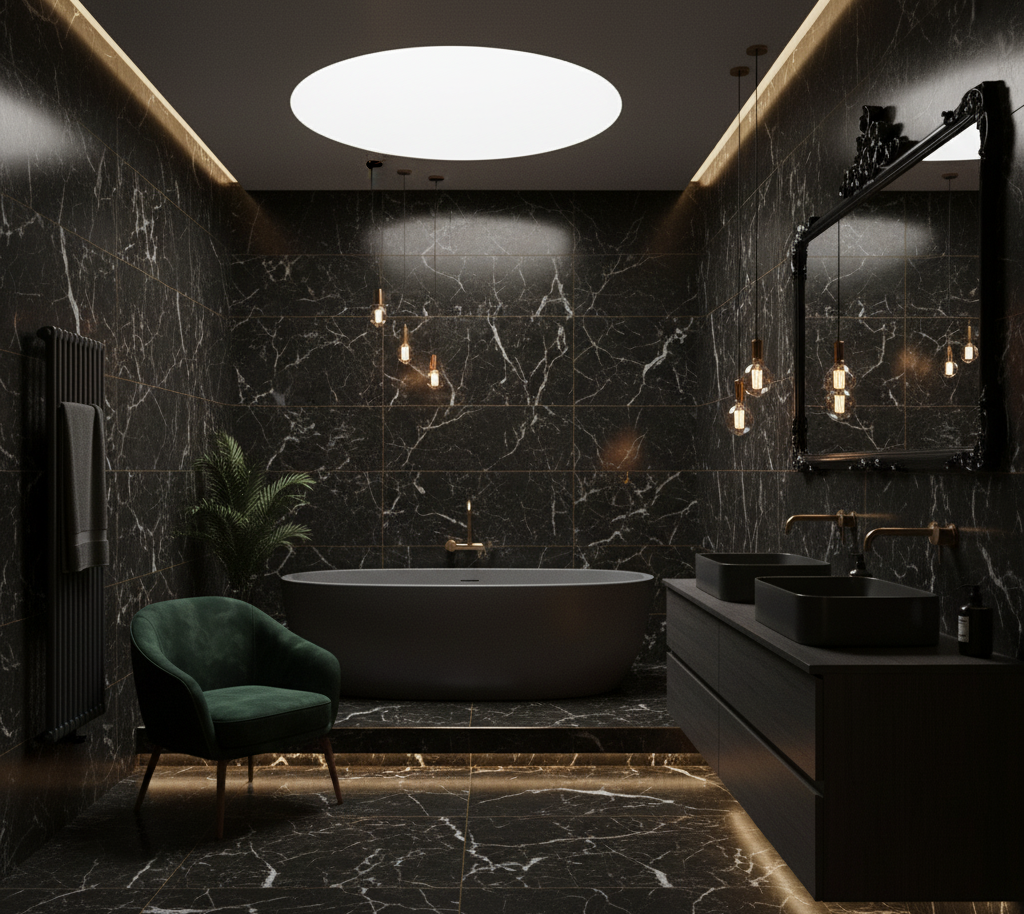
A Curated Gallery of Traditional Towel Rail Radiator Ideas
Visualising how a radiator will look and function in your space is the most exciting part of the selection process. The physical form factor whether it stands on the floor or hangs on the wall is a primary decision that dictates both the aesthetic and the practical layout of your bathroom. This gallery is structured around these key installation types to help you find the perfect match for your vision.
The Statement Piece: Floor-Standing Towel Radiators
For bathrooms with generous proportions, a floor-standing traditional radiator is an unrivalled statement piece. These models command attention and evoke the authentic, solid presence of original Victorian and Edwardian heating fixtures.
Often featuring a robust column radiator at their core, flanked by elegant, polished pipework that rises from the floor, these units become a true focal point.[3] Models like the "Gibraltar Floor Standing" or classic designs from brands like Hudson Reed and DQ Heating showcase this powerful aesthetic, often combining a white or black column section with gleaming chrome or brass rails. They are the perfect choice for creating a luxurious, hotel-inspired feel and are particularly effective in homes with high ceilings. Installation requires pipework to come up through the floor, a consideration that is best planned during the early stages of a renovation.
The Space-Saver: Wall-Mounted & Ladder Styles
For the majority of UK bathrooms, where space is a valuable commodity, wall-mounted traditional towel rails offer the perfect blend of classic style and modern practicality. By lifting the radiator off the floor, you retain a sense of openness and make cleaning underneath a simple task.
These designs capture the traditional essence with features like ball joints, classic valve connections, and column inserts, but in a more compact, wall-hung format. They provide the period look without the large footprint of a floor-standing model. A wall-mounted radiator can be strategically placed to make the most of available wall space, such as on a narrow wall next to a shower or above the end of a bath, ensuring warm towels are always within easy reach.
.png) Explore Our Traditional Towel Rails
Explore Our Traditional Towel Rails
The Science of Warmth: Why Your BTU Calculation is Non-Negotiable
While aesthetics are paramount in choosing a traditional radiator, its primary function is to heat your bathroom effectively. A radiator that looks beautiful but leaves you shivering is a design failure. This is where understanding British Thermal Units (BTU) becomes the single most important technical step in your selection process. Getting this calculation right is non-negotiable for ensuring both comfort and cost-efficiency.
What is a BTU and Why Does it Matter?
A British Thermal Unit (BTU) is a standard unit of energy. In the context of heating, a radiator's BTU rating measures its heat output essentially, how much heating power it can deliver to a room. Think of it as the horsepower of your heating system.
- Too Low a BTU: If your radiator's BTU output is too low for the size and characteristics of your bathroom, it will struggle to reach a comfortable temperature, particularly during colder months. It will have to work constantly, potentially leading to higher energy bills, yet the room will never feel truly warm.
- Too High a BTU: Conversely, a radiator that is vastly overpowered for the space will heat the room very quickly and then shut off, leading to an inefficient cycle of heating and cooling. It can make the small space uncomfortably hot and represents a waste of both purchase cost and energy.
Matching the radiator's BTU output to your room's specific requirement is the key to achieving a perfectly balanced, comfortable, and energy-efficient heating system.
How to Accurately Calculate Your Bathroom's BTU Requirement
A precise calculation is essential for making an informed purchase. Professional online calculators use several key variables to determine your exact heating needs. To use one effectively, you will need to gather the following information about your bathroom:
- Measure Your Space: Using a tape measure, record the room's length, width, and height in metres. This calculates the total volume of air that needs heating.
- Assess Your Windows: Note the total area of the windows in square metres. Crucially, identify whether they are single or double-glazed, as single glazing results in significantly more heat loss.
- Consider the Surroundings: What is directly above and below your bathroom? A bathroom with a heated room below and an insulated attic above will retain heat much better than one situated above an unheated garage or below an uninsulated roof.
- Evaluate Your Walls: Count how many of the walls are "external" (facing the outside). Note what they are made of (e.g., solid brick, insulated cavity wall), as this affects how quickly heat escapes.
Don't guess when it comes to your comfort. A proper btu calculator is the most important tool in your radiator buying journey.Use Our Free & Accurate BTU Calculator
The Expert's Secret: Understanding Delta T
When comparing BTU ratings, you may encounter "Delta T." This is a critical factor that some retailers use in a misleading way.
The established standard for all domestic gas central heating systems in the UK is Delta T50 (ΔT50). All reputable suppliers will quote their BTU figures based on this standard to allow for fair comparison. However, some retailers may quote figures at a higher Delta T60. This artificially inflates the radiator's heat output on paper, making it seem more powerful than it is under normal UK conditions. A radiator quoted with a 1264 BTU at ΔT60 will only provide 1000 BTU at the standard ΔT50. Always check that you are comparing like-for-like figures at ΔT50 to ensure you are buying a radiator that will genuinely meet your calculated heating needs.
A Designer's Guide to Creating a Cohesive Classic Look
A truly successful traditional bathroom is a result of thematic consistency, where the radiator, taps, lighting, and surfaces all work in harmony. This requires thinking about the room as a single, coordinated "family" of finishes and styles.
Walls and Floors that Work in Harmony
The surfaces surrounding your radiator are critical for completing the look. Victorian-style geometric or patterned floor tiles are a quintessential feature and provide a stunning foundation for a classic radiator. On the walls, simple metro tiles create an authentic backdrop. For a truly period feel, nothing compares to wood panelling or wainscoting, especially when painted in a deep, heritage colour like a dark green or navy to create a dramatic contrast that makes a white or chrome radiator pop.
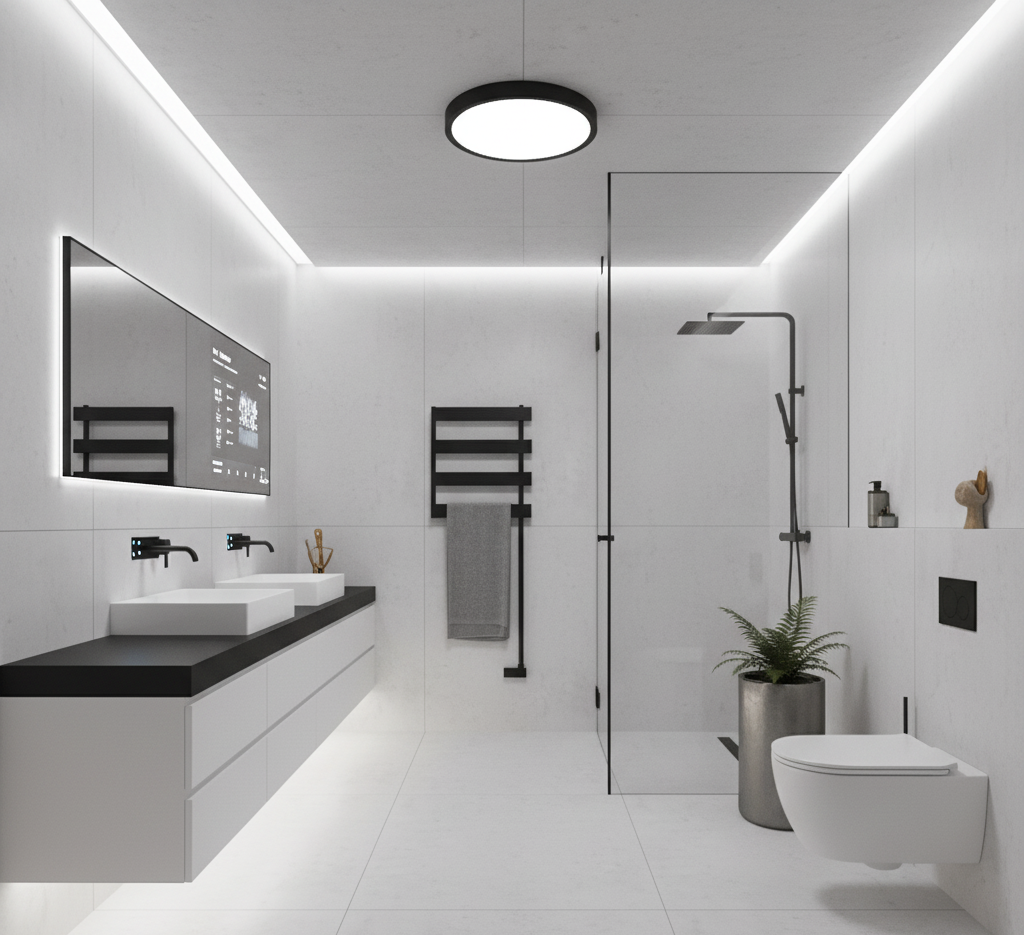
The Devil is in the Details: Valves, Pipes, and Fixtures
Overlooking the small details is the quickest way to undermine a carefully planned design. The connections and controls for your radiator are not just functional; they are crucial finishing touches.
- Radiator Valves: Standard valves will not do. Investing in a pair of period-style radiator valves is essential. Look for traditional crosshead or lever-style valves, which mimic the design of vintage taps. Choosing these in a finish that matches your radiator's towel rail and your basin taps be it brushed brass, polished nickel, or oil-rubbed bronze is what creates a seamless, high-end look.
- Pipe Sleeve Kits: Standard copper or plastic plumbing pipes can instantly cheapen the appearance of a beautiful traditional radiator. Pipe sleeve kits are an elegant solution. These are decorative metal tubes that slide over the pipes, along with matching floor plates, to conceal the pipework from the floor to the valve.
Your Essential Pre-Purchase Checklist (Answering Your Top Questions)
The journey to selecting the perfect radiator often involves practical questions about installation, performance, and maintenance. This section directly addresses the most common queries with clear, expert answers.
Q: Where is the best place to install a traditional radiator in a bathroom?
Historically, radiators were placed under windows to counteract cold air. In modern homes, convenience is key. Position the radiator where you can easily reach for a warm towel, typically near the shower or bath. Ensure it is a safe distance from direct water splashes and there is adequate space around it for air to circulate.
Q: Can a traditional towel radiator actually heat my whole bathroom?
Yes, absolutely, provided you choose the right type and it is correctly sized. Hybrid models with an integrated column radiator section are specifically designed to be the primary heat source for a room. The determining factor is the radiator's BTU output. If the BTU rating matches your room's calculated requirement, it will comfortably heat the entire space.
Q: Should I choose a central heating, electric, or dual-fuel model?
This depends on your needs. Central heating is standard. Electric-only is perfect for summer use without heating the whole house. Dual fuel offers the ultimate flexibility, combining both options for year-round efficiency.
Q: How do I clean and maintain different finishes like chrome or brushed brass?
Use a soft, damp microfibre cloth with a mild, pH-neutral soapy solution. Avoid abrasive creams or scouring pads, as these will scratch the surface. Dry with a clean cloth to prevent water spots and always wipe brushed finishes in the direction of the grain.
Q: Can I install it myself, or do I need a professional?
For replacing an existing radiator with one of the exact same measurements, an experienced DIYer may manage. However, for any new installation, any project that involves altering pipework, or for any electric or dual-fuel model, it is essential to hire a qualified and certified plumber or electrician.
Build Your Timeless Bathroom with Confidence
Creating a bathroom that feels both timeless and deeply personal is a rewarding journey. As this guide has shown, the traditional towel radiator is far more than a simple heater; it is a centrepiece, a statement of style, and the warm heart of your classic sanctuary. By moving beyond the functional and embracing the aesthetic, you can transform your space entirely.
The path to the perfect choice rests on three foundational pillars. First, an appreciation for Style understanding the heritage of Victorian and Edwardian design. Second, the science of Size using a precise btu calculator to guarantee your bathroom is a haven of warmth. And finally, the art of Integration thoughtfully coordinating the small but vital details of valves, pipes, and fixtures to create a truly cohesive and professionally curated look.
Armed with this expert knowledge, you are no longer just browsing options; you are equipped to make a confident, informed decision. You have the tools to select a radiator that will not only perform flawlessly but will also stand as a testament to classic design for years to come.
Shop Our Full Collection of Traditional Radiators